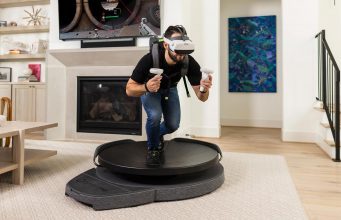 Another year, another Internaional CES. But as the rapid growth of the VR industry shows no signs of abating, we look at the signs that mean 2015 will be the year VR heads to people’s homes.
Another year, another Internaional CES. But as the rapid growth of the VR industry shows no signs of abating, we look at the signs that mean 2015 will be the year VR heads to people’s homes.
The advent of another trade show in the tech industry stands as a useful opportunity to take a look at what’s happened since the last one. A chance to look back and take stock of how far things have come. VR is moving fast, and as Ferris Bueller once said, “..if you don’t stop and look around once in a while, you could miss it.”

As I wrote last year’s introduction to CES, towards the end of 2013, enthusiasts and developers were now well acquainted with their Oculus Rift DK1 headsets after thousands of units were shipped out from Oculus’ original Kickstarter. The Virtuix Omni and Cyberith Virtualiser appeared and went about carving out the VR locomotion industry, whilst Sixense and Tactical Haptics attacked the hard problems of VR input head on.
2013 had already been a spectacular year for virtual reality, arguably the best ever. The technology had created enormous buzz which transcended the usual tech news channels, with Oculus Rift reaction videos going viral and mainstream media willing to take seat on the Oculus Rift bandwagon. VR it seemed was reborn, it was maturing quickly and had given us a hell of a ride in 2013, but this was just the beginning.
We predicted that 2014 would be ‘The Year of VR’, as we prepared to attend our first ever CES on behalf of Road to VR. As predictions go, it was pretty vague. However, as we close in for next months CES 2015, there’s no doubt that 2014 has exceeded all expectations.

Oculus kicked off the year by unveiling their Crystal Cove prototype, which effectively solved motion blur and positional tracking in one fell swoop, making the Rift more comfortable and immersive than ever. This would later evolve to launch as the ‘DK2′, their second development kit at GDC 2014. At the same show, Sony announced Project Morpheus; later in the year Samsung announced and launched Gear VR, and Magic Leap… said very little but got people jolly excited.
See Also:
- Samsung Gear VR Detailed Review: Part One – Design Comparison to Oculus Rift DK2
- Samsung Gear VR Detailed Review: Part Two – Experience, Gameplay Videos, and More
However, it was Facebook’s acquisition of Oculus for a cool $2Bn that provided the final kick that VR needed to achieve launch velocity. Freed from financial constraints, Oculus went on to host ‘Connect’, their own developer conference, where they demonstrated just how far they’d come by stunning attendees with the Crescent Bay prototype, bringing the company closer than ever to a consumer ready headset they could unleash on the world. The one thing missing from 2014? Any clue when we could all finally look forward to seeing the consumer Oculus Rift in stores to buy. When would we see CV1?
CES 2015 – Consumer VR Arrives

It was to be Samsung (admittedly ‘powered by Oculus’) who beat them to the punch for first consumer-ready VR headset. Despite the ‘Innovator Edition’ on the Note 4 powered Gear VR, in contrast to Oculus’ currently obtainable headset, the DK2, it offers the first glimpse at a polished, retail, VR experience.
It would be disingenuous to say then that Oculus and Sony are playing catch-up however. In fact, the old dividing lines of console versus PC gaming can be drawn for Morpheus and CV1, with Gear VR representing mobile. The three headsets, despite being designed to accomplish largely the same thing, are actually aimed at different groups of people.

Nevertheless, Sony and Oculus are expected to launch their first retail devices in 2015 (‘expected’ of course doesn’t mean ‘confirmed’). Despite Oculus’ apparent head start in the race for retail VR and their latest spectacular ‘Crescent Bay’ prototype, they’ve been reticent to launch before they’re good and ready. With Crescent Bay proving their headset technology is ‘there’, user input in VR remains as a largely unsolved paradigm. Oculus’ recent acquisition of Nimble VR, a company specialising in hand and finger tracking for VR input, may mean they have a solution—one we may hear more about when we catch up with them at CES.
Sony meanwhile have the excellent PlayStation Move controllers out in the world ready to go, having been launched years ago during the previous generation of console hardware. Whether they have the finesse required for truly immersive virtual reality experiences is as yet unknown. It may well be a moot point however if Sony pitch Morpheus as offering an ‘immersion lite’ experience, something that would make a lot of sense given the host platform’s (the Playstation 4) lack of grunt compared with today’s gaming PCs. Given Morpheus’ already high levels of hardware polish evident at showings all year, it feels like the right time for Sony to make a big announcement for a retail launch in 2015.

Meanwhile, those 2013 Kickstarters are now close or ready to deliver their solutions to the VR input problem. With Sixense shipping its first early ‘STEM’ devices to backers recently and Virtuix primed to unveil their retail-ready ‘Omni’ to the public at CES, there is suddenly no shortage of companies vying for attention in this space. Control VR made quite a splash earlier in the year with their confident pitch and community demos; they’ve been quiet for a while now so hopefully we’ll have a chance to catch up with them at the show.

We’ll be seeing the latest from Technical Illusions and their CastAR system, which recently also began shipping to backers. With any luck we’ll be able to catch up with Avegant to see what they’ve been up to since we last tried their ‘Glyph’ prototype at CES 2014. Industry stalwart Vuzix will be present showing off their latest lines of AR and VR hardware and of course, we’ll do our best to hunt down the mysterious 3DHead and shed some light on what they’re all about.
CES 2015, which runs from January 6th to 9th in Las Vegas, promises to be the best ever for VR and there might just be some awesome surprises in store. Road to VR will be on the ground all week to make sure you’re in the know.
If you’d like to arrange a meeting with us, please reach out to info@roadtovr.com.
The post CES 2015 Marks the Arrival of Consumer VR – Road to VR Will be There! appeared first on Road to VR.
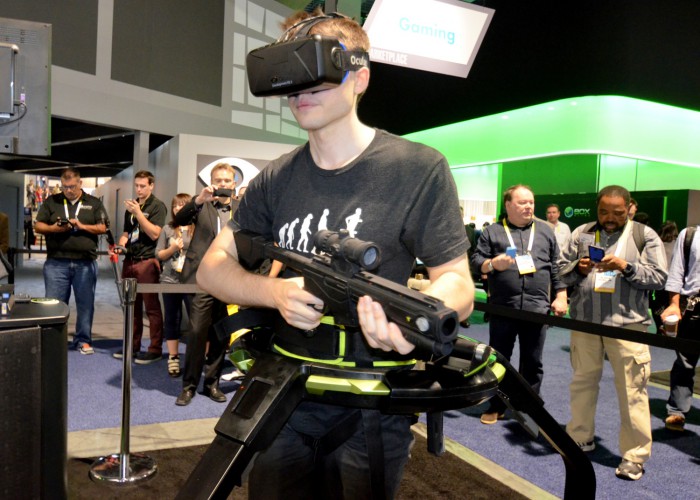
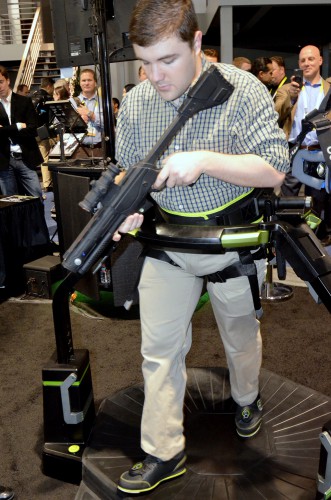
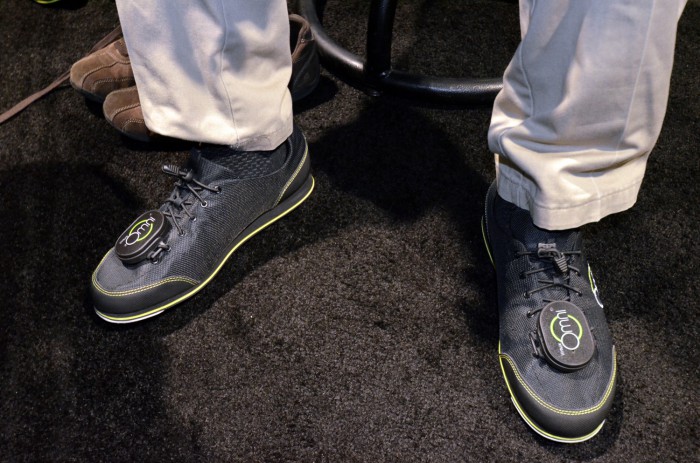
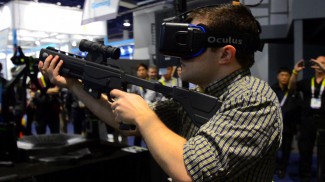



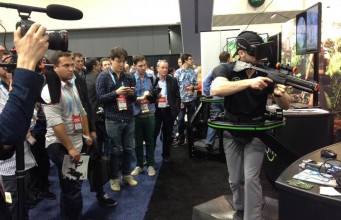

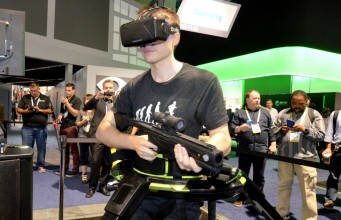




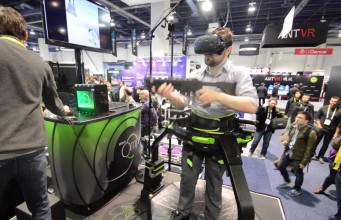
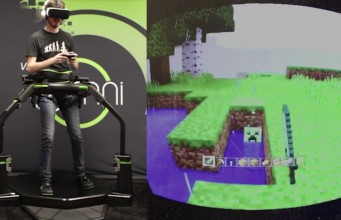

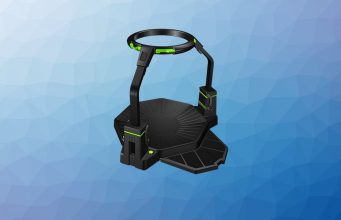
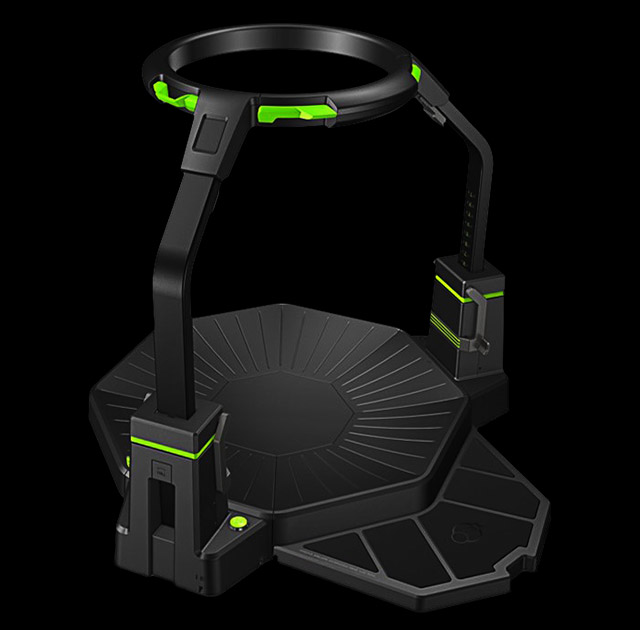


 The company will be automatically issuing full refunds to anyone outside the United States plus an extra 3% per year compounded monthly. Virtuix says they hope to ship to international customers at some point in the future, however in the meantime they’ll be focusing on the domestic consumer market and the international commercial market such as VR arcades and family entertainment centers.
The company will be automatically issuing full refunds to anyone outside the United States plus an extra 3% per year compounded monthly. Virtuix says they hope to ship to international customers at some point in the future, however in the meantime they’ll be focusing on the domestic consumer market and the international commercial market such as VR arcades and family entertainment centers.








